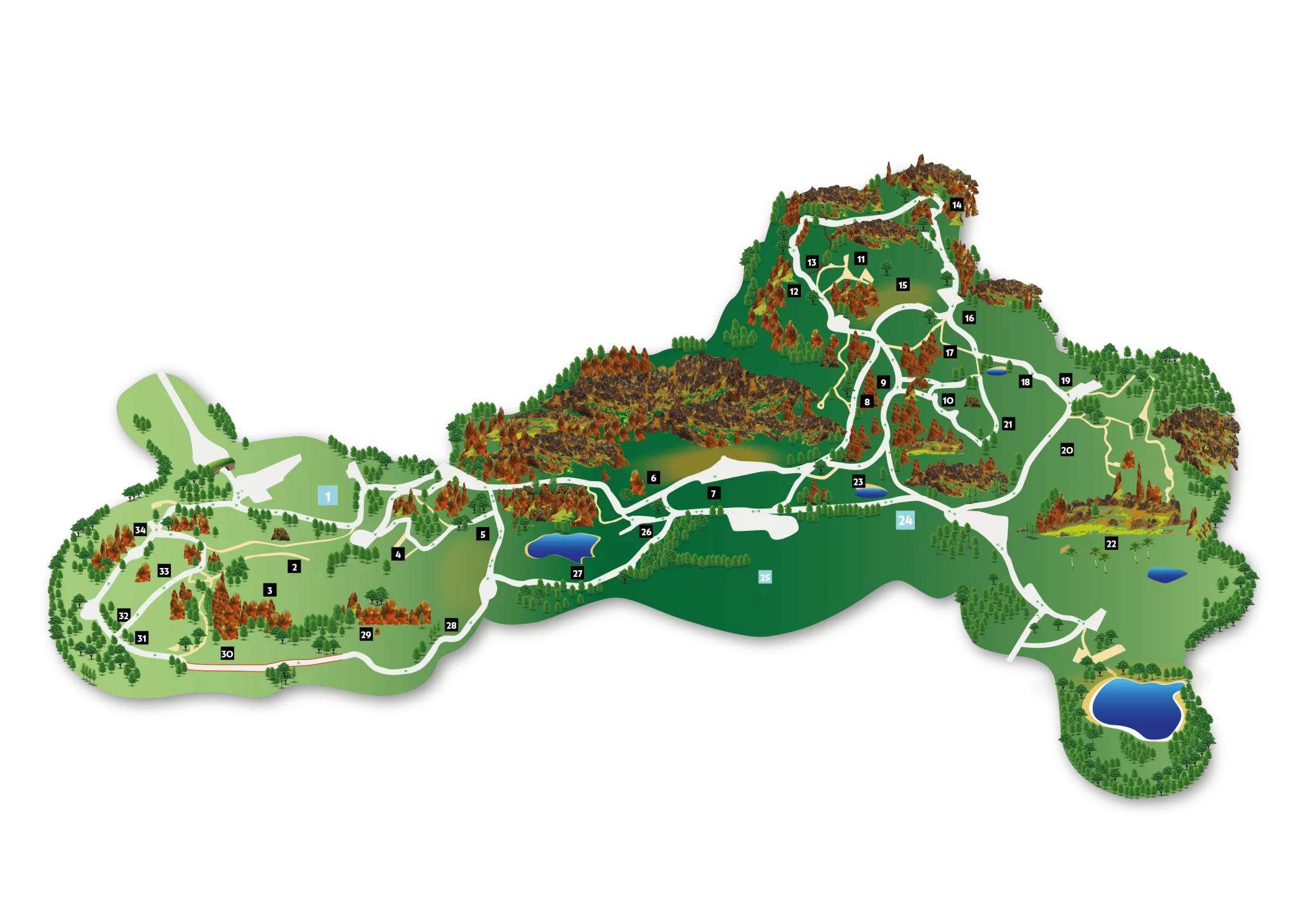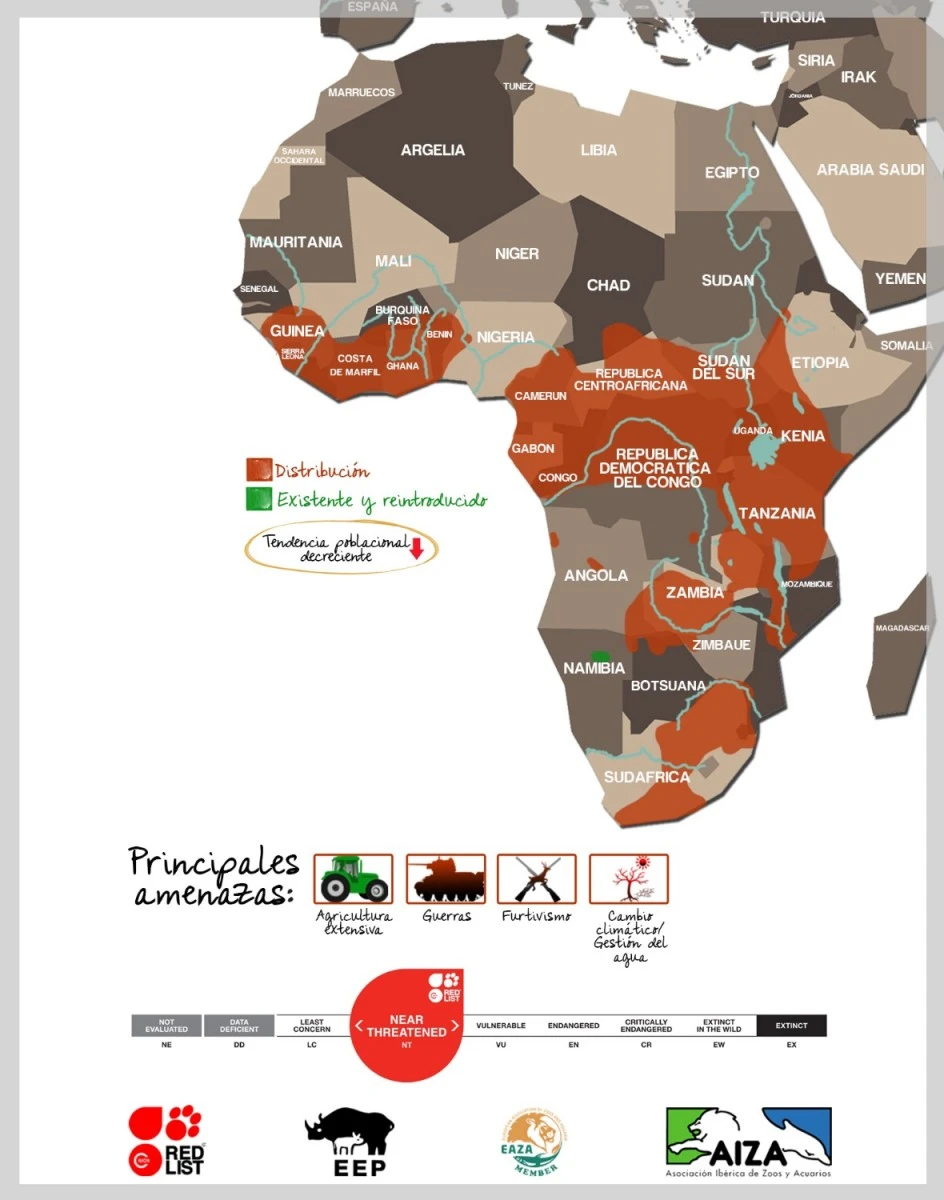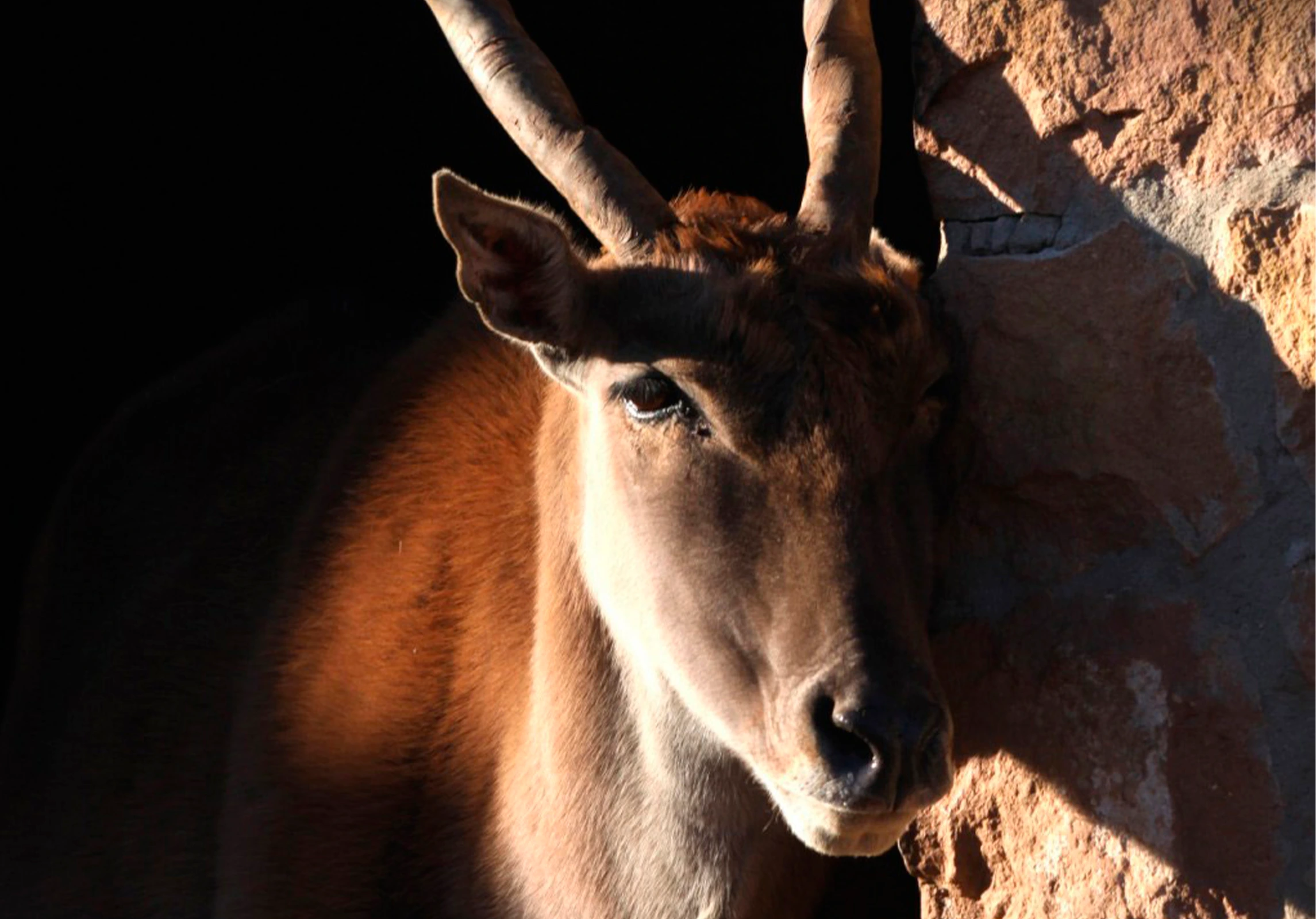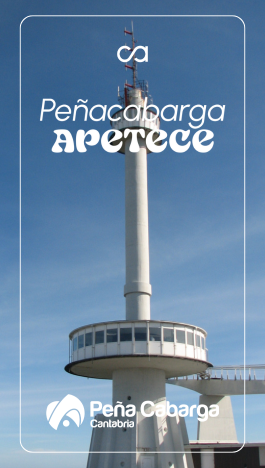
Its name, ‘eland’ comes from Dutch and means ‘elk.’ It is the largest antelope in the world, with males able to weigh up to 900 kg in exceptional cases. They live in herds that generally vary between 25 and 60 individuals, although after the rains they can form much larger groups.
They have a surprising ability to predict rainfall. Although it’s not fully understood how they achieve it, it has been observed that these animals can detect changes in the atmosphere and move towards more humid areas before the rain arrives. This behavior allows them to more easily find food and water, which gives them an advantage during drought periods.
When food is abundant, some populations tend to be more sedentary, occupying a territory for long periods. They are capable of withstanding high temperatures by reducing heat and water loss. Their dewlap, furthermore, helps them dissipate heat.
Furthermore, they are capable of jumping fences up to 1.5 meters high, an impressive behavior commonly seen in African fauna.
The large dewlap it possesses on its neck helps dissipate heat. As with camels, to avoid dehydration and fluid loss when temperatures are very high, it can increase its body temperature to prevent sweating.
When they walk, the joints of their front leg make a clicking sound, a sound that can be heard up to 1.5 km away, which can alert another male eland to the arrival of a male in its territory.
This antelope is also valuable for its high-quality meat and hides. Although not common, efforts have been made to domesticate them for both their meat and their milk, which is richer in protein and fat than cow’s milk.
| Adult weight | from 700 to 900 Kg |
| Height | 190 cm |
| Gestation period | 8 months |
| Number of offspring | 1 |
| Longevity | 25 years |
| Habitat | Forests, savanna, shrubland and grassland |
| Diet | Herbivore |
| Habits | Diurnal |
| Reproduction | Viviparous |







































































